The chinchilla, a medium-sized rodent native to South America, is known for its fur, one of the most expensive kinds in existence. Nowadays people have another reason to love chinchillas; they’ve begun to realize that these are cute creatures that make adorable pets. Nearly every pet store stocks chinchillas these days and finds plenty of willing customers. If you decide to own chinchillas, you should know these important tips for caring for them.
1. Buy a Good Cage
Chinchillas are active and energetic animals that require ample space to play, exercise, and explore. So, one of the most significant tips for caring for chinchillas is investing in a good cage, ensuring their safety, comfort, and overall well-being. Choose cages made of metal wire with narrow spacing to prevent any chance of escape. It’s important to ensure that the bars are sturdy and secure, as these pets are known to be excellent chewers. Avoid cages with plastic components that can be easily chewed and potentially ingested, causing harm to your furry friend.
The cage should also have multiple levels or platforms to provide vertical space for climbing and jumping, as chinchillas are natural climbers. These platforms can be equipped with ramps or ladders to facilitate their movement within the cage. Additionally, consider providing hiding spots or tunnels for your pet to retreat to when they need privacy or a sense of security.
Proper ventilation is essential to maintain a healthy environment for your chinchilla. Look for cages with good airflow to prevent the buildup of ammonia and ensure a fresh atmosphere. Regularly cleaning the cage and replacing soiled bedding is crucial to maintain cleanliness and prevent odors.
2. Get a Safe Playpen
Having a dedicated playpen ensures that chinchillas can explore and play in a secure environment. A safe playpen for your friend should be spacious enough to allow them to move around freely. Look for playpens made of sturdy materials that are escape-proof and have high walls to prevent any chance of your chinchilla jumping out. Avoid playpens with small gaps or openings that your pet could get stuck in.
Ensure that the playpen is free from any hazardous items or substances that could harm. Remove any wires, toxic plants, or small objects that could be chewed or ingested. These pets have a natural tendency to chew, so it’s essential to provide them with safe and appropriate toys and chew items to satisfy their natural instincts.
Place the playpen in a quiet and secure area of your home, away from any potential dangers or disturbances. Supervise your chinchilla closely during playtime to ensure their safety and intervene if any issues arise. Consider providing hiding spots or tunnels within the playpen to add enrichment and stimulation for them. Regularly clean and sanitize the playpen to maintain a hygienic environment for your pet. This helps prevent the buildup of bacteria and keeps them healthy.
More: 10 Most Unique Pets You Can Own
3. A Chinchilla-Proofed Room Is the Best Playpen Possible
Offering your chinchilla an entire room to play in can be an excellent idea, but it is crucial to ensure that the room is chinchilla-proofed to guarantee their safety. Take precautions by removing any objects or materials that your pet could potentially chew on, including furniture and electrical appliances. Electrical outlets pose a significant danger as your chinchilla’s tail or paws can easily fit into the slots, so it’s essential to block off all outlets to prevent accidents.
Avoid rooms with numerous nooks and corners, as they can create situations where your chinchilla may become trapped. If your friend squeezes into a tight space under a cupboard, it can be quite challenging to retrieve them safely. Therefore, it’s important to choose a room with a layout that allows for easy monitoring and accessibility.
Furthermore, be mindful of any potential hazards within the room, such as toxic plants, chemicals, or small objects that your chinchilla could ingest. Remove these items or ensure they are kept securely out of your chinchilla’s reach to prevent any harm.
More: 10 Things to Consider When Looking for a Pet
4. Design a Play Area that’s Mentally Challenging
Chinchillas are highly intelligent and inquisitive creatures that require stimulating environments to keep them mentally and physically engaged. When designing your chinchilla’s cage, it’s important to create an environment that caters to their natural behaviors and instincts, such as hiding, hopping, jumping, and chewing.
To provide mental and physical challenges, incorporate large tubes or tunnels in the cage. These tubes allow your chinchilla to simulate burrowing behavior, providing them with a sense of exploration and adventure. Additionally, including wooden branches or chew toys in the cage offers opportunities to engage in its natural chewing behavior, helping to keep their teeth healthy and providing a source of entertainment.
Creating hiding spots within the cage is essential for your pet’s well-being. Chinchillas enjoy having areas where they can retreat and feel secure. Designate specific spots for hiding, such as small enclosures or sheltered spaces, to give a sense of privacy and comfort. Pay special attention to the bedding area, ensuring it is built in a way that shields your chinchilla from view. An exposed sleeping area can disrupt their sleep patterns and overall rest.
More: 10 Small Pets That Are Great for Kids
5. You Can’t Have Other Pets in Your Home if They Scare Your Chinchilla
Chinchillas are naturally prey species, and in the wild, they face potential threats from various predator species like dogs, large cats, owls, eagles, and more. As a result, if you have a pet dog or cat at home, it can create a source of fear and anxiety. Their evolutionary instincts make them particularly sensitive to sounds coming from above, as they associate them with the presence of large birds of prey. Therefore, it’s important to create a calm and quiet environment for your chinchilla to feel safe and secure.
Housing your chinchilla in a noisy environment is generally not recommended. Loud noises and disturbances can cause stress and anxiety, affecting their overall well-being. Minimizing loud sounds, such as from appliances, loud music, or excessive human activities, is crucial for providing a peaceful atmosphere that promotes comfort.
More: 9 Exotic Cat Breeds You May Have Never Seen Before
6. You Need to Give Your Pet Chinchilla a Temperature-Controlled Environment
Chinchillas are highly sensitive to temperature fluctuations, making it crucial to provide them with a suitable environment. It is recommended to place your chinchilla’s cage in a draft-free area that maintains a consistent temperature between 15°C and 25°C. Temperature extremes can pose health risks to them, so ensuring a moderate and stable climate is essential for their well-being.
Air-conditioning can be a valuable addition to your chinchilla’s environment, particularly in regions with high humidity. They thrive in low humidity conditions, and air-conditioning helps to maintain a dry and comfortable atmosphere for them. This assists in preventing issues like heat stress or respiratory problems that may arise in humid environments.
Regularly monitor the temperature within the chinchilla’s habitat to ensure it remains within the recommended range. Use a reliable thermometer to keep track of the temperature and make adjustments as necessary to maintain the ideal conditions for your pet’s comfort. In addition to temperature control, it’s important to consider other aspects of their environment. Provide adequate ventilation to prevent stagnant air, but ensure it does not create drafts directly on the chinchilla’s cage. Drafts can lead to temperature fluctuations and pose a risk to their health.
More: 9 Unique Dog Breeds You May Never Come Across
7. You Need to Make Sure that Your Chinchilla Gets a Carefully Controlled Diet
Chinchillas are strictly herbivorous animals, consuming only plant materials as their primary source of nutrition. It is worth noting that chinchillas have a unique behavior known as coprophagy, where they consume their own feces. While this may sound alarming, it is a normal and vital part of their digestive process, contributing to their overall health.
To ensure the optimal health of your chinchilla, it is essential to provide a diet rich in plant fiber. A key component of their diet should be fresh hay, which should be available to them at all times. Hay provides essential fiber and aids in proper digestion. Additionally, offering small quantities of fresh herbs and leafy greens can supplement their diet. Many pet stores offer pre-made mixes containing the necessary herbs and plant materials required for a chinchilla’s nutritional needs.
It is crucial to avoid foods that are high in sugar and fat. Chinchillas rarely encounter fruits in their natural habitat, and their digestive systems are not adapted to handle them. Feeding such foods can lead to digestive issues and other health complications.
More: Top 8 Common Pet-Owner Mistakes
8. Socializing with Your Chinchilla
Socialization plays a crucial role in shaping a chinchilla’s behavior and their ability to bond with humans. The optimal window for socialization occurs when they are younger than six weeks old. During this period, they are most receptive to learning and forming positive associations with human interaction. By providing exclusively friendly and positive experiences with humans during this stage, chinchillas tend to develop into incredibly friendly and sociable companions.
On the other hand, if young chinchillas are subjected to unpleasant treatment or negative experiences with humans during this critical phase, it can have a lasting impact on their socialization. They may struggle to completely trust or enjoy human company, even as they grow older. Negative experiences during this early stage can lead to fear, anxiety, and a general aversion to human interaction.
To foster positive socialization, it is essential to handle young chinchillas with care, gentleness, and patience. Gradually introduce them to gentle handling and interactions, providing rewards and positive reinforcement. Building trust and forming a bond with your chinchilla during this early stage can lay the foundation for a lifelong positive relationship.
More: 9 Amazing Benefits of Owning a Pet
9. Give Your Chinchilla a Chance to Socialize with Other Chinchillas
In their natural habitat, they are highly social animals that live in large groups. Consequently, keeping your friend alone goes against their natural instincts and can lead to feelings of loneliness and isolation. While it may be challenging to house unrelated chinchillas together, it is not impossible with careful introductions and proper socialization.
When introducing chinchillas to each other, it is essential to consider their individual personalities and temperaments. Chinchillas that have not been together for a long time may not immediately tolerate one another. Patience and gradual introductions are key. Start by placing their cages near each other, allowing them to become familiar with each other’s scents and presence. Over time, supervised playdates in a neutral space can help chinchillas acclimate to one another.
If you plan on raising multiple chinchillas together, it is also advisable to acquire them at a young age. Young chinchillas have a greater chance of bonding and forming social connections. However, even with young chinchillas, it is important to monitor their interactions and provide ample space and resources to avoid territorial disputes. However, not all chinchillas will be compatible as cage mates. In some cases, they may display aggressive or territorial behaviors that make cohabitation difficult or even dangerous. In such instances, it may be necessary to house chinchillas separately to ensure their well-being.
More: 7 Easy Pets to Take Care Of
10. Be Careful About How You Handle Your Chinchilla
Due to their delicate physique, chinchillas are sensitive to rough handling and may interpret it as aggression. It is crucial to train your pet to associate handling with positive experiences and view it as a happy and friendly activity. Introducing your chinchilla to handling should be done gradually and with patience.
To initiate the training process, start by offering gentle feeding to your pet. This allows them to become accustomed to your presence and associate it with positive outcomes. As your chinchilla grows more comfortable being close to you, you can gradually progress to touching and handling.
Take your time and allow your chinchilla to set the pace. Move slowly and avoid sudden or forceful actions that may startle or frighten them. Always approach your chinchilla with a calm demeanor and gentle touch. Over time, as your chinchilla develops trust, it will become more receptive to being touched and handled.
11. Fresh Water Is a Must
It is important to always ensure that your chinchilla has access to water and take measures to prevent contamination. Using a sipper bottle attached to the cage is a practical and effective way to achieve this. The sipper bottle serves as a convenient water dispenser that minimizes the risk of contamination. Unlike open water dishes, it helps keep the water clean and free from debris, fur, or bedding materials that may inadvertently enter the water source. This ensures that your chinchilla always has access to hygienic and uncontaminated water.
Regularly check the sipper bottle to ensure it is functioning properly and providing a steady flow of water. Clean the bottle and replace the water regularly to maintain freshness. Additionally, make sure the bottle is securely attached to the cage to prevent accidental spills or leaks that could lead to wet bedding or an inadequate water supply.
Monitoring your chinchilla’s water intake is also important. Observe their drinking habits and ensure they are drinking an adequate amount of water daily. If you notice any changes in their water consumption, it may indicate a potential health issue that requires attention from a veterinarian.
12. Dust Baths for Hygiene
Chinchillas have dense fur that requires regular dust baths to keep it clean and healthy. To facilitate their grooming needs, it is important to provide a suitable dust bath for them to roll around in. Prepare a shallow container and fill it with chinchilla dust to create the perfect bathing spot.
Chinchilla dust is specifically formulated to help absorb excess oil and moisture from their fur. This fine dust mimics the natural volcanic ash found in their native habitat and provides an effective way for chinchillas to remove dirt and debris from their coats. Place the dust in a container large enough for your chinchilla to comfortably roll and move around in.
Offer the dust bath to your chinchilla regularly, ensuring it is easily accessible within their enclosure. They will instinctively know when it’s time for a bath and will eagerly engage in rolling and flipping within the dust. Allow them ample time to groom themselves, as this process is essential for maintaining their fur’s cleanliness and overall condition.
Regularly supervise the dust bath to ensure its cleanliness and absence of contaminants. Remove any droppings or debris that may accumulate during the bathing process. It is advisable to provide the dust bath in a controlled area, as the fine particles may become airborne and settle on surfaces in the vicinity.
13. Avoid Sudden Changes
Minimizing sudden changes in their surroundings, routine, diet, and handling is essential to keep stress levels low and promote their overall well-being. Maintaining a stable environment helps chinchillas feel secure and comfortable.
Avoid making frequent changes to their cage setup, as it can disrupt their sense of familiarity. When possible, keep their cage in a quiet and undisturbed area of your home to provide them with a consistent and peaceful space.
Chinchillas also benefit from a consistent daily routine. Try to establish regular feeding times, playtime, and handling sessions that align with their natural activity patterns. This routine allows them to anticipate and adjust to daily activities, reducing stress and promoting a sense of security.
14. Regular Veterinary Check-Ups
Chinchillas, like any other pets, require regular veterinary care to maintain optimal health. A veterinarian knowledgeable in chinchilla care can provide thorough examinations, assess their overall condition, and address any concerns or questions you may have. These check-ups offer an opportunity to monitor their weight, teeth, fur, and overall body condition, allowing for early detection of any potential health issues.
Vaccinations are an important aspect of preventative healthcare for chinchillas. Consult with your veterinarian to determine the appropriate vaccination schedule for your pet. Vaccinations can protect against common diseases and illnesses, helping to safeguard their well-being and longevity.
In addition to check-ups and vaccinations, your veterinarian can offer guidance on proper nutrition, dental care, and general chinchilla husbandry. They can provide insights on creating an optimal environment, addressing any behavioral concerns, and ensuring you have the necessary knowledge to provide the best care for your friend.
15. Avoid Harmful Substances
Household chemicals, such as cleaning products, pesticides, and certain medications, should be stored securely and out of your chinchilla’s reach. Even small amounts of these substances can be toxic and potentially fatal for your furry friend. Be cautious when using chemicals around your chinchilla’s living area, and ensure proper ventilation to minimize their exposure.
It is equally important to be aware of toxic plants that can pose a danger. Common plants like lilies, azaleas, ivy, and tulips can be toxic if ingested. Make sure to thoroughly research and identify any plants in or around your pet’s environment to ensure they are safe.
Furthermore, be cautious about other substances that may be harmful if ingested by your chinchilla. Certain foods, including chocolate, caffeine, alcohol, and high-sugar items, should be strictly avoided. These substances can be toxic and potentially fatal for chinchillas.
In conclusion, caring for chinchillas requires a combination of knowledge, attentiveness, and commitment. By following the important tips outlined in this article, you can ensure well-being and happiness. From designing mentally stimulating play areas to chinchilla-proofing their environment, every aspect of their care contributes to their overall quality of life. Providing a balanced diet rich in plant fiber, maintaining a suitable temperature and humidity, and prioritizing regular veterinary check-ups are essential for their health. By implementing these tips and building a strong bond through gentle handling and socialization, you can provide your chinchilla with the love and care they need to thrive as wonderful companions in your home.
Do you own chinchillas? Do you have any other tips for caring for chinchillas? Please share them with us in the comments section.

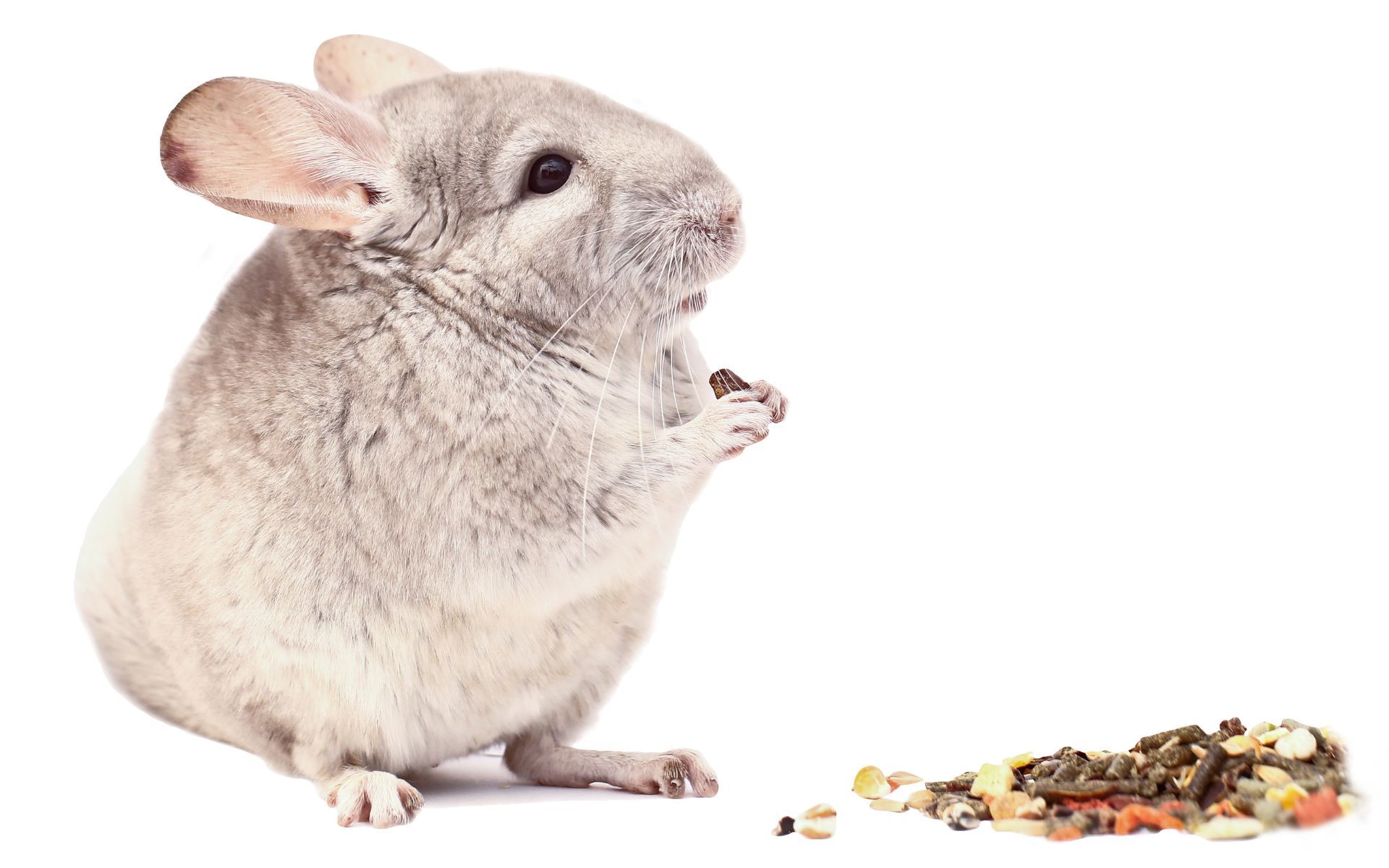
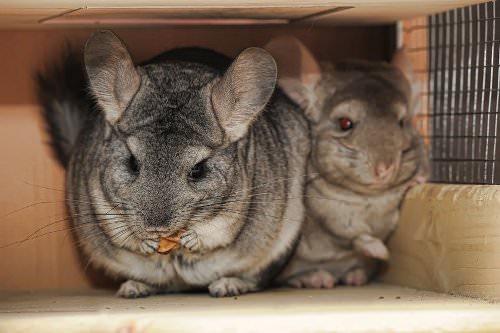

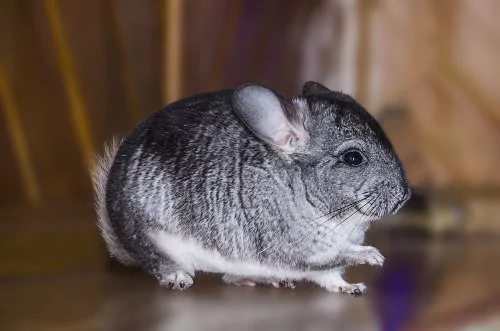
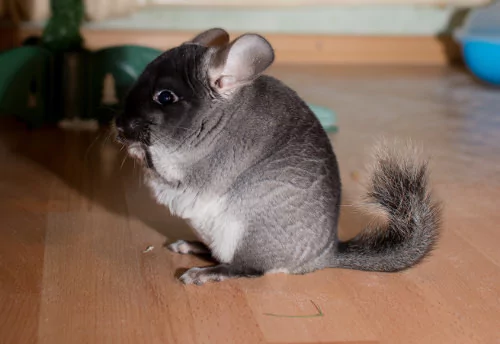
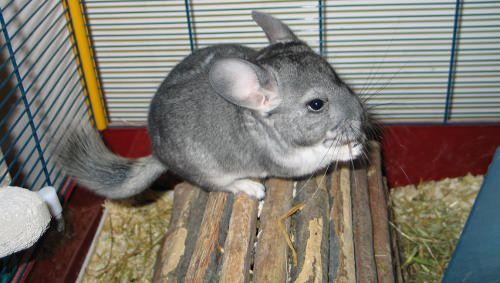
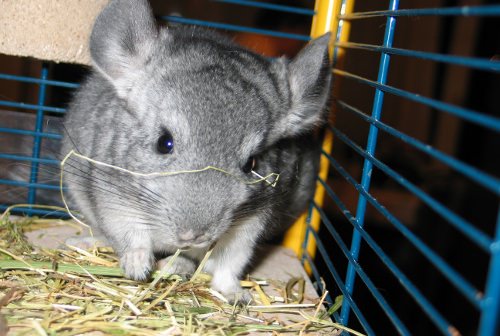
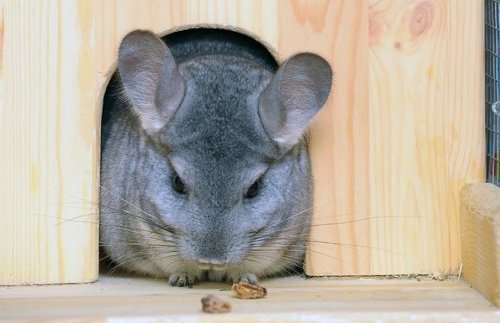
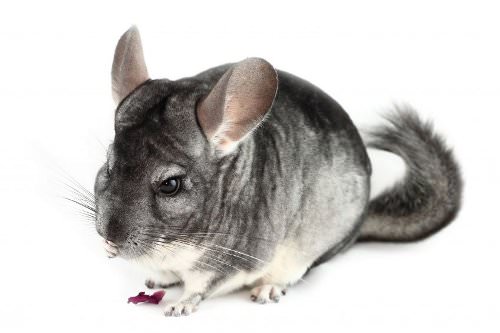
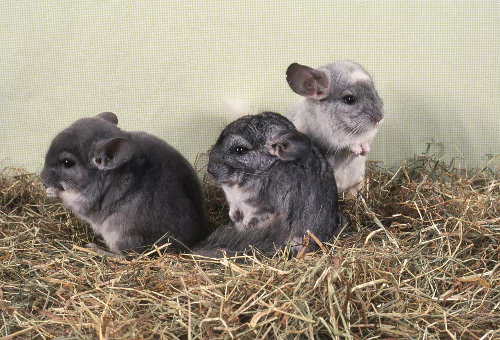
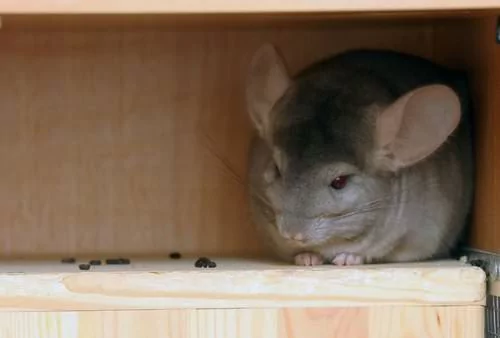
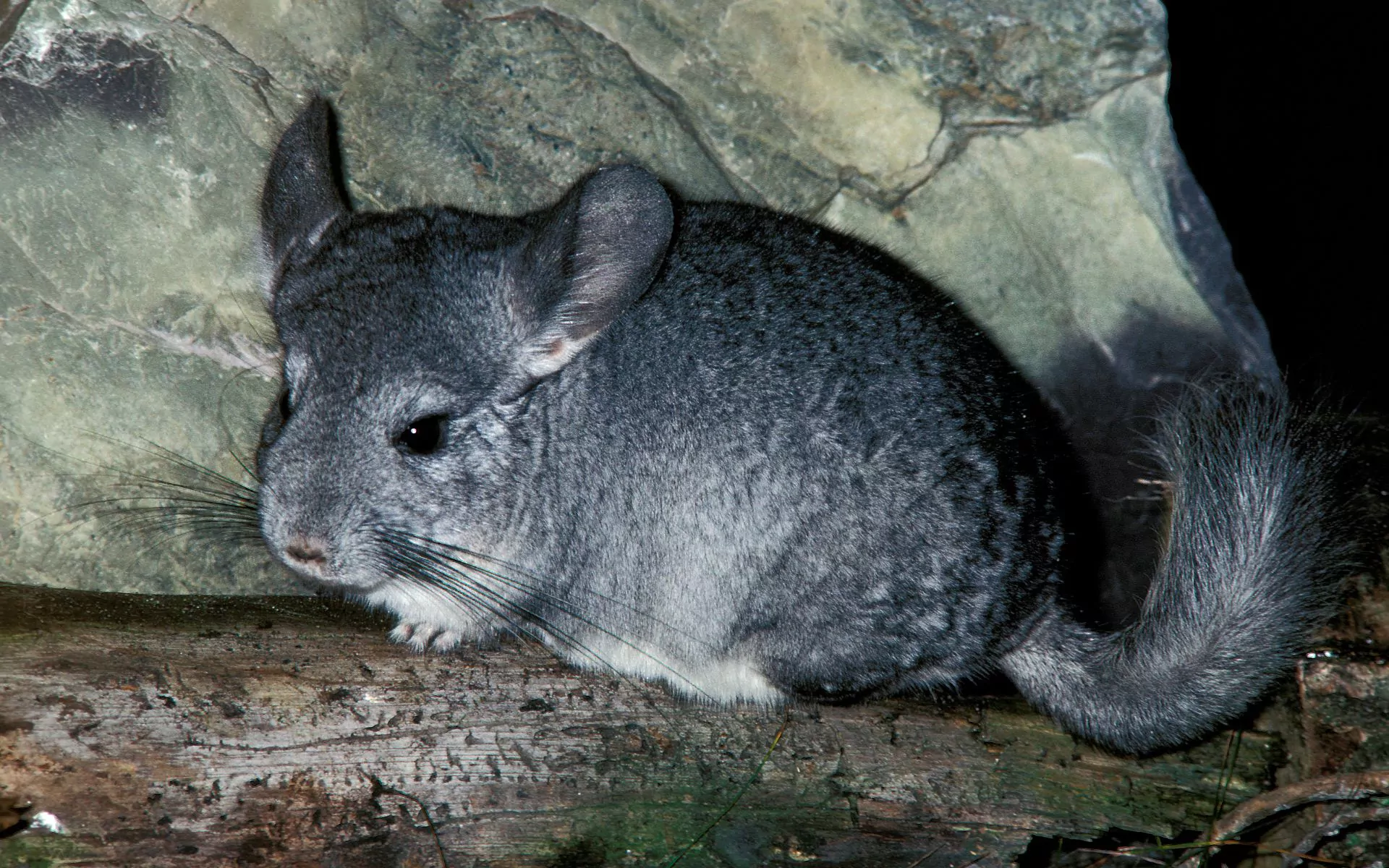
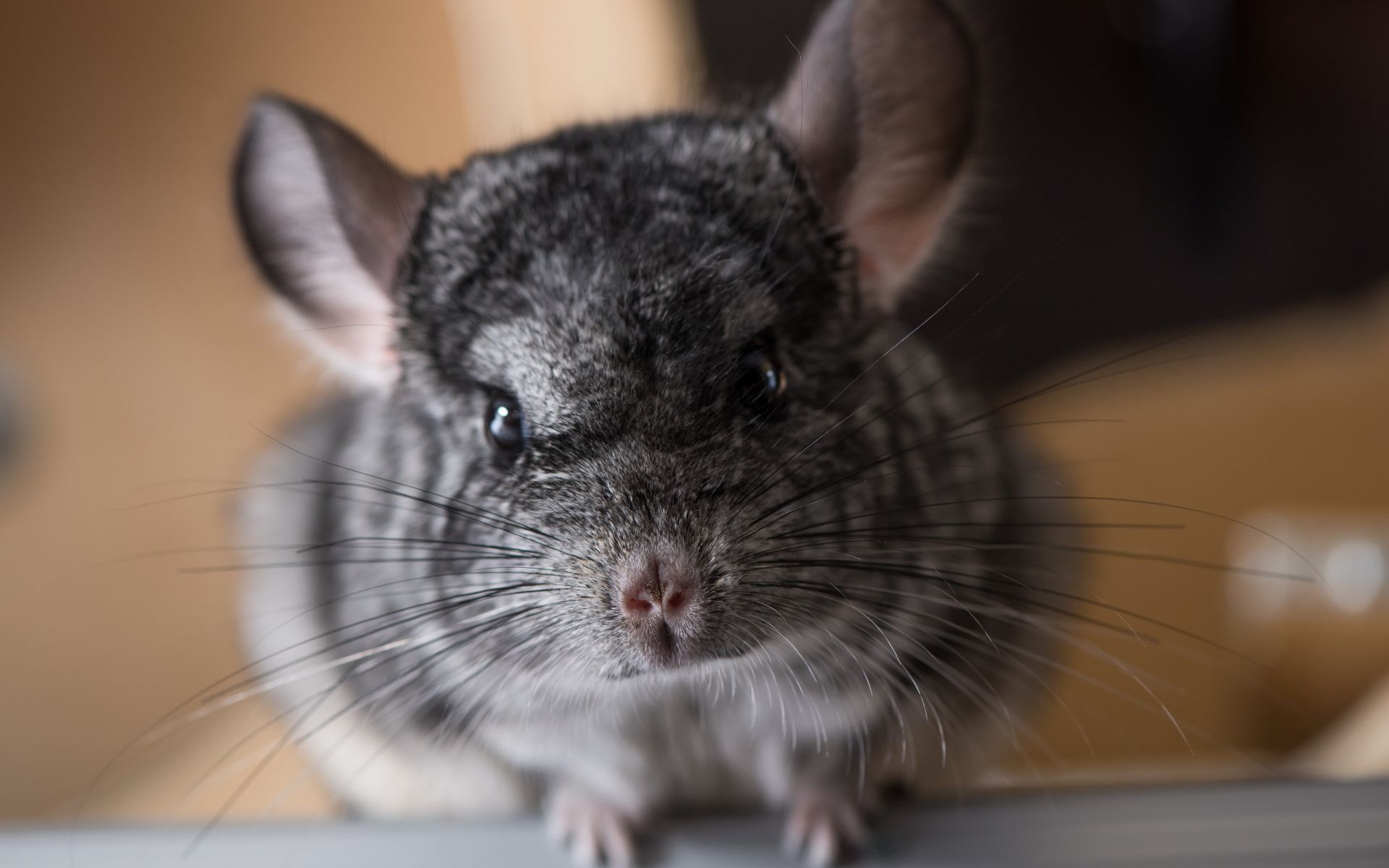
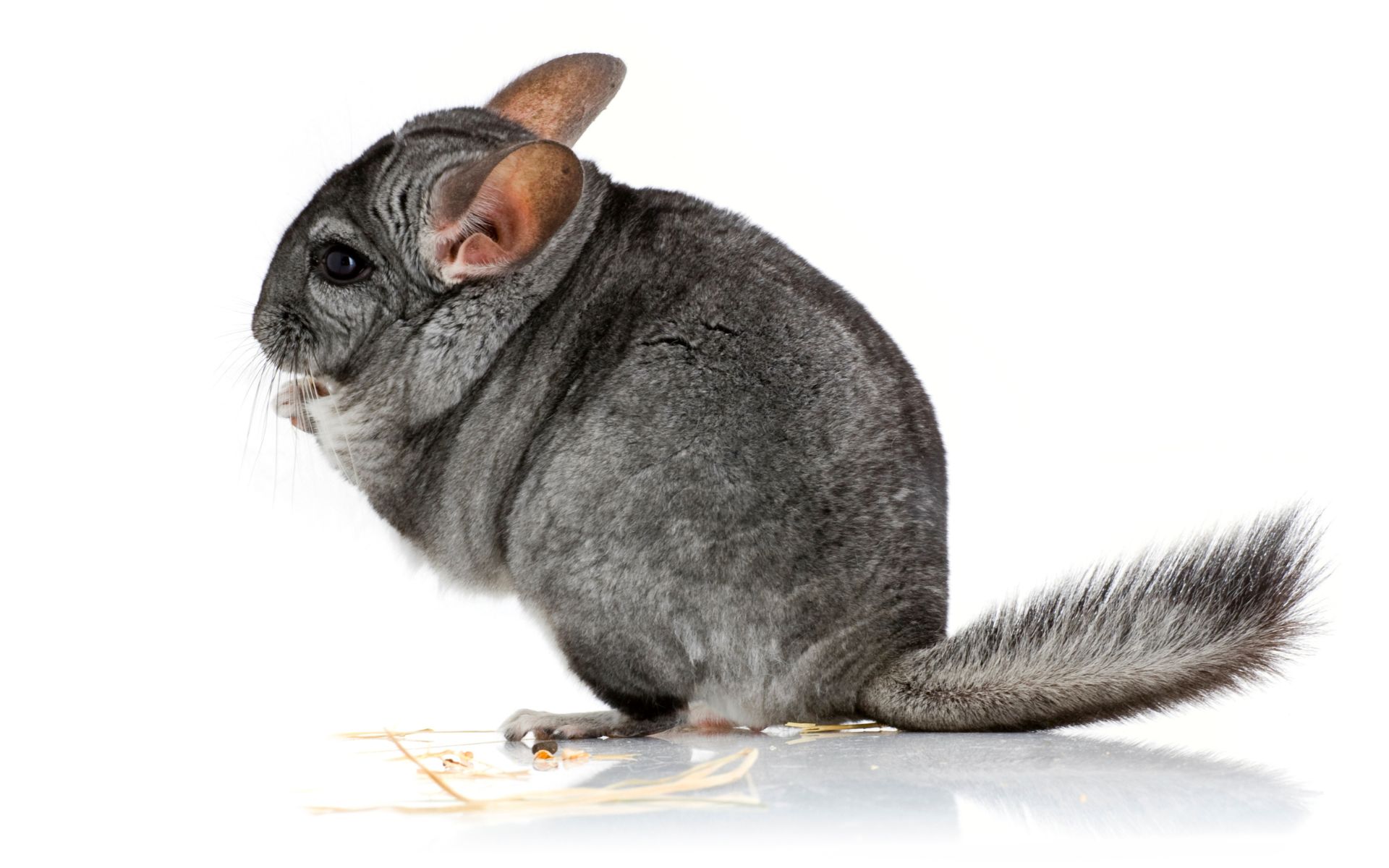
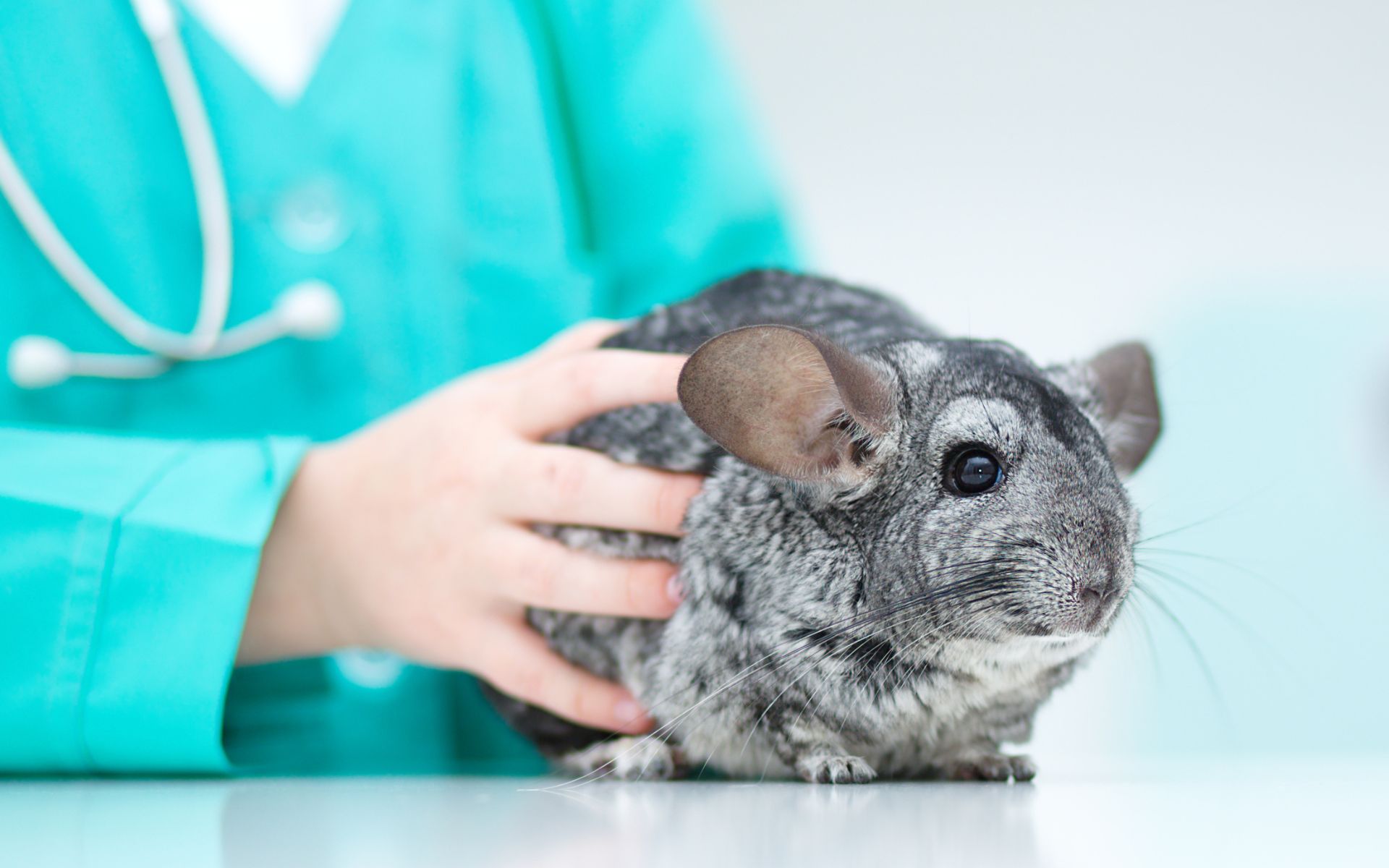
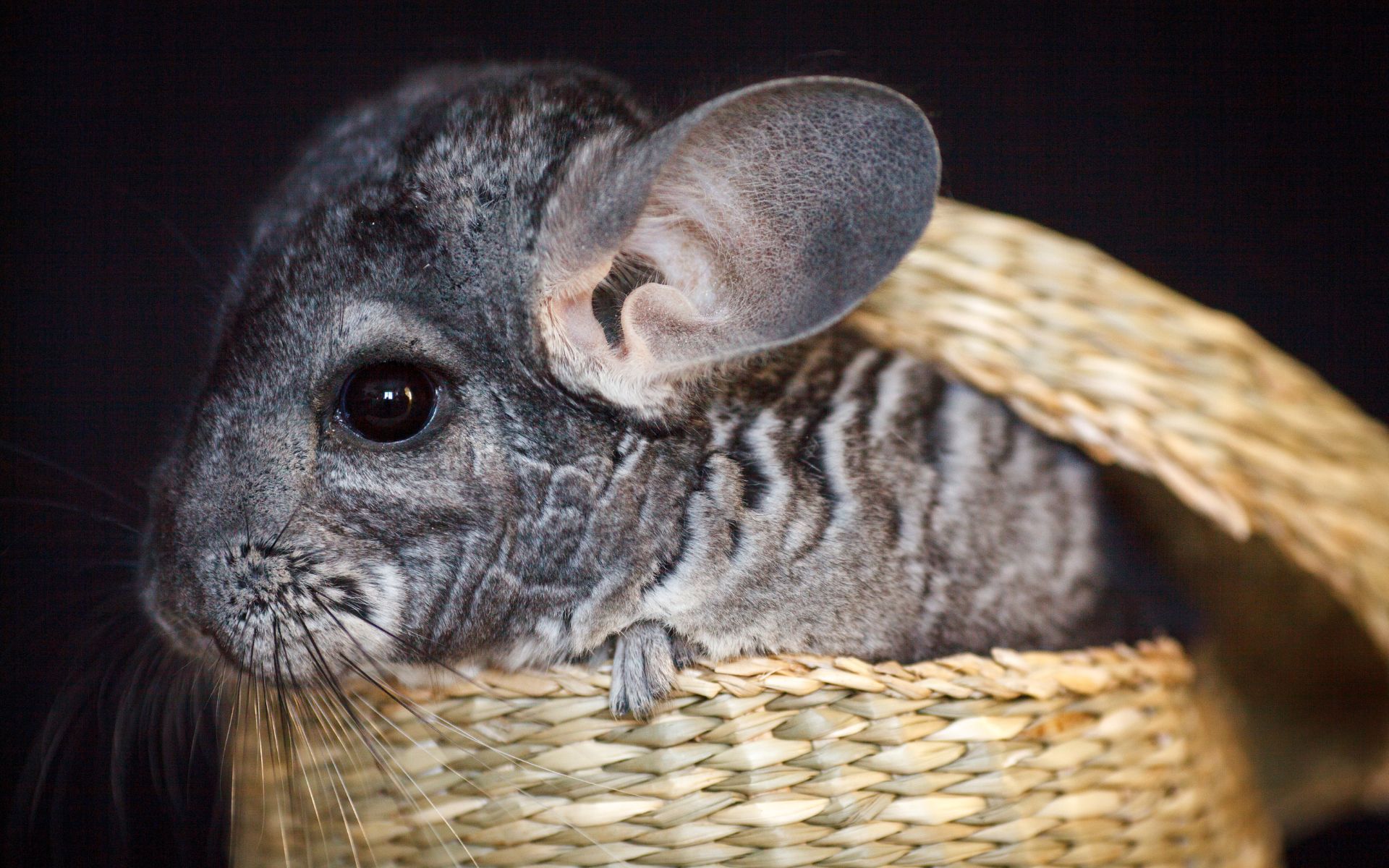
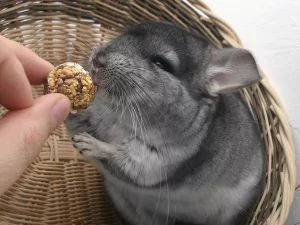

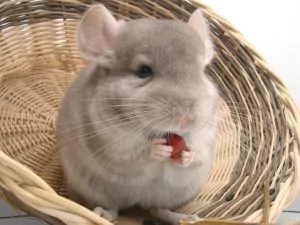
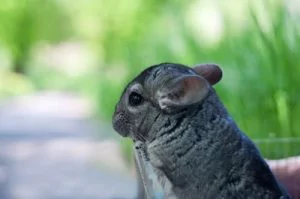
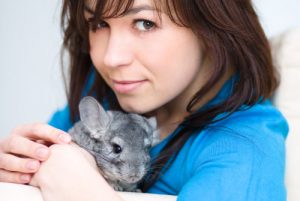
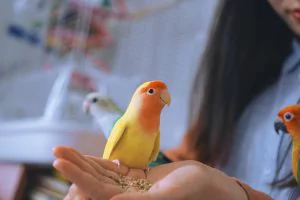
Comments